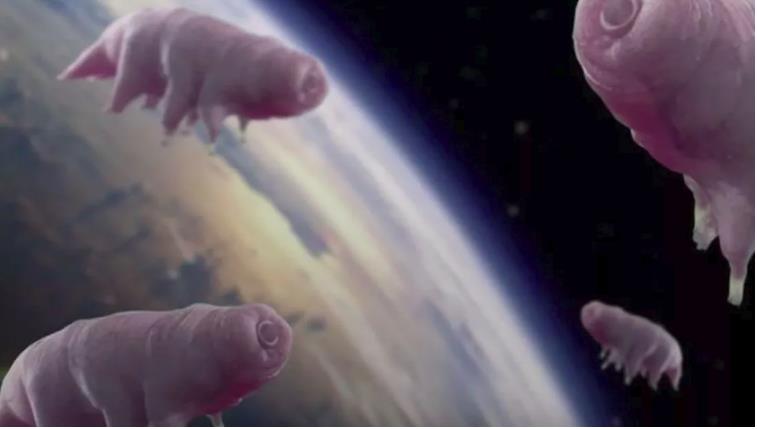
While there might not have been life on the moon in the past, there is a chance that there might be some now, at least according to a new report from CNet. The tiny critters that the internet has nicknamed water bears are a hearty bunch. In some experiments, they’ve been revived after 30 years in the freezer. Now it looks like we’ll get a chance to see if this means they can also survive the harsh environment of outer space.
The Israeli Space Agency decided to test out where the little extremophiles can survive on the moon and then put the test into action by crashing a spaceship filled with several thousand dehydrated water bears onto the lunar surface.
The experiment is actually part of a much larger plan to create a back-up for the Earth. Along with the Tardigrades, the spacecraft also included human DNA samples and a massive data file of human knowledge. The only problem is that it seems as though a crash wasn’t actually part of the plan. Now there are questions as to how much of the payload is intact.
Nova Spivack, the person behind the mission seems pretty confident. He told Wired that the full data file is on sheets of nickel in something that is no bigger than a DVD. He expects that the data is intact, but he couldn’t speak to the DNA samples or the Water bears.
If you are worried that we could have just infested the moon with a plague of water bears, you can stop. It seems that they can’t reproduce on the moon. In fact, Spivack addressed this in a tweet about the situation.
“About the tardigrades in the Lunar Library: Some are sealed in epoxy with 100 million human, plant and microorganism cells,” Spivack tweeted Tuesday. “Some are encapsulated onto the sticky side of a 1cm square piece of Kapton tape that is sealed inside the disc stack. They cannot reproduce on the moon.
It is not likely that cells can survive on the moon without a lot more protection from radiation,” Spivack added. “However the human cells, plant cells and microorganisms we sent could be recovered, studied and their DNA extracted — perhaps to be cloned and regenerated, far in the future.”
